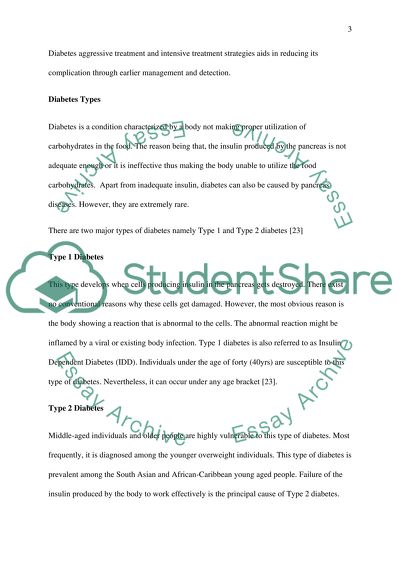Cite this document
(“Diabetes mellitus Literature review Example | Topics and Well Written Essays - 2750 words”, n.d.)
Retrieved from https://studentshare.org/health-sciences-medicine/1396696-diabetes-mellitus
Retrieved from https://studentshare.org/health-sciences-medicine/1396696-diabetes-mellitus
(Diabetes Mellitus Literature Review Example | Topics and Well Written Essays - 2750 Words)
https://studentshare.org/health-sciences-medicine/1396696-diabetes-mellitus.
https://studentshare.org/health-sciences-medicine/1396696-diabetes-mellitus.
“Diabetes Mellitus Literature Review Example | Topics and Well Written Essays - 2750 Words”, n.d. https://studentshare.org/health-sciences-medicine/1396696-diabetes-mellitus.


